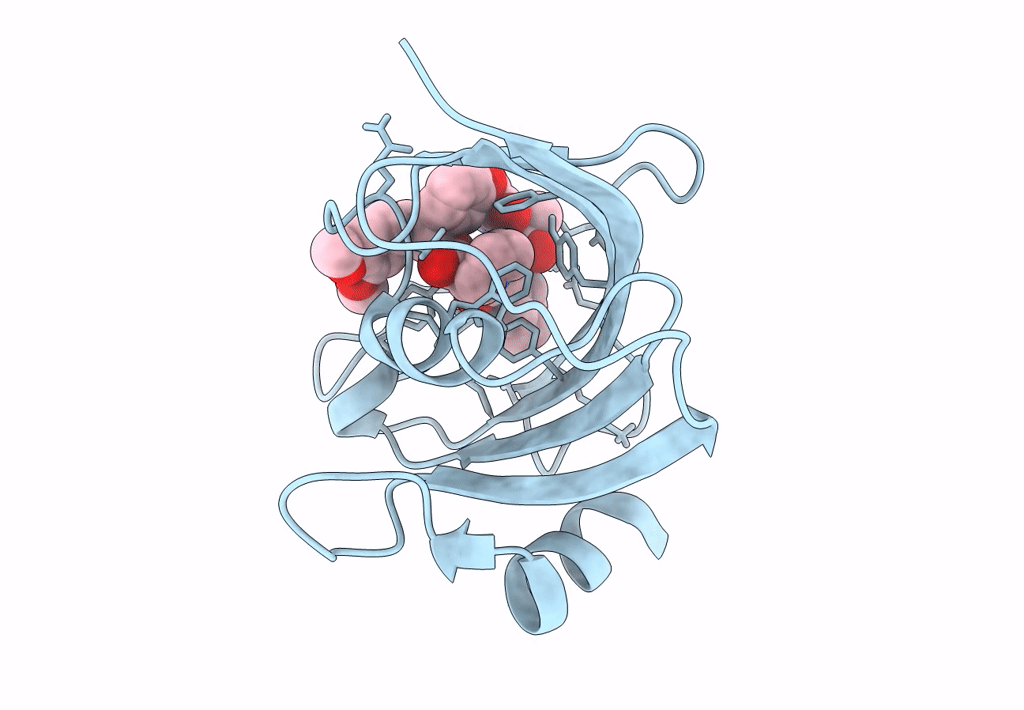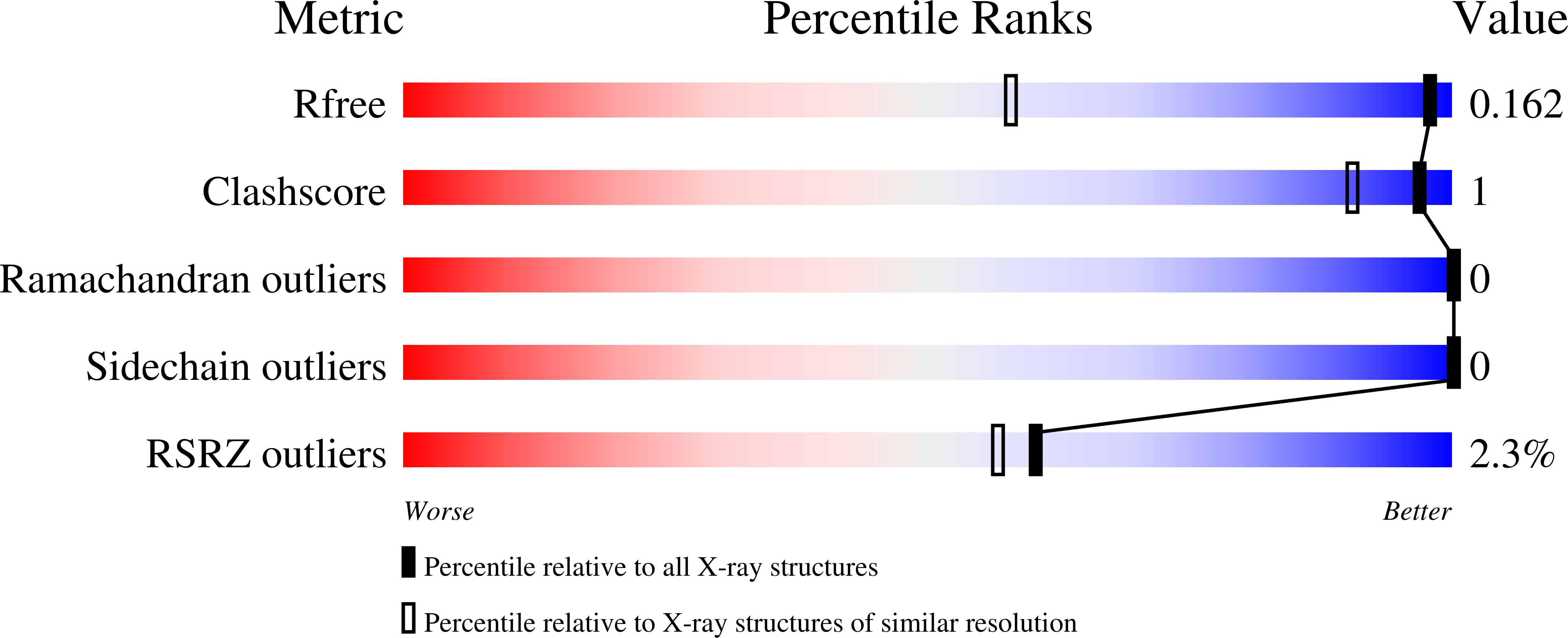
Deposition Date
2022-10-11
Release Date
2022-11-16
Last Version Date
2024-01-31
Entry Detail
PDB ID:
8BA6
Keywords:
Title:
Structure of the FK1 domain of the FKBP51 G64S variant in complex with (2R,5S,12R)-12-cyclohexyl-2-[2-(3,4-dimethoxyphenyl)ethyl]-15,15,16-trimethyl-3,19-dioxa-10,13,16-triazatricyclo[18.3.1.0^5,^10]tetracosa-1(24),20,22-triene-4,11,14,17-tetrone
Biological Source:
Source Organism:
Homo sapiens (Taxon ID: 9606)
Host Organism:
Method Details:
Experimental Method:
Resolution:
1.10 Å
R-Value Free:
0.16
R-Value Work:
0.13
Space Group:
P 21 21 21


